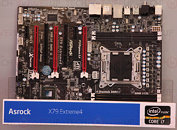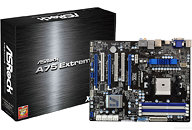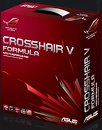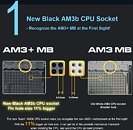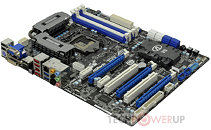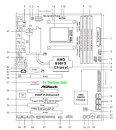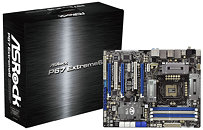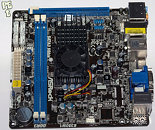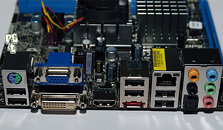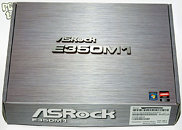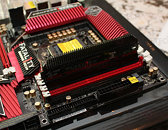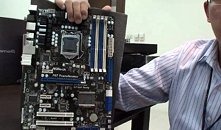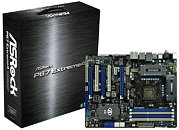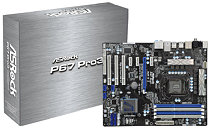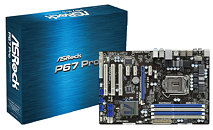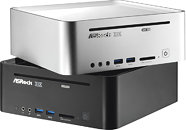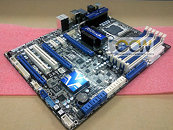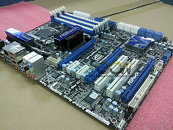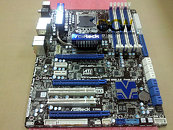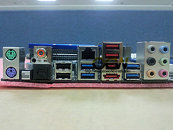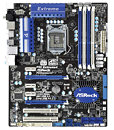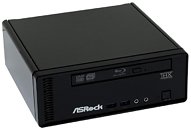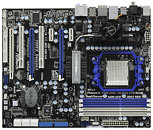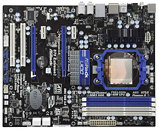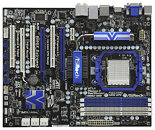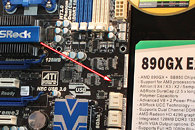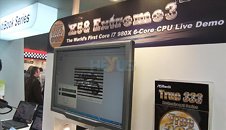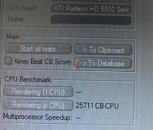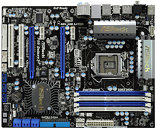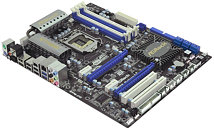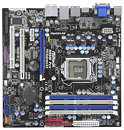
ASRock X79 Extreme4 Pictured
ASRock is ready with what it will be offering the very top tier of consumers of the Sandy Bridge-E platform, the third largest selling motherboard vendor is ready with the X79 Extreme4. This standard-size ATX motherboard uses essentially the same component layout as most socket LGA2011 boards we've seen so far. The LGA2011 socket is powered by an 8-phase VRM. The socket is wired to four DDR3 DIMM slots on its either sides, to support quad-channel DDR3-2133 MHz memory. The processor also holds a massive 40-lane PCI-Express 3.0 hub, giving out two PCI-Express 3.0 x16 links, distributed between three slots (as x16/x16/NC or x16/x8/x8), with two each of PCI-E x1 and PCI in between.
ASRock did not finalize its chipset/VRM heatsinks design, yet. While we can't see the right portion of the board in the picture, we can assume that all 10 SATA 6 Gb/s and 2 SATA 3 Gb/s ports will be internal ports, with the possibility of one or two eSATA. Other connectivity includes 8-channel HD audio, dual gigabit Ethernet, and four USB 3.0 ports (two by header). The board supports 3-way NVIDIA SLI and AMD CrossFireX.
ASRock did not finalize its chipset/VRM heatsinks design, yet. While we can't see the right portion of the board in the picture, we can assume that all 10 SATA 6 Gb/s and 2 SATA 3 Gb/s ports will be internal ports, with the possibility of one or two eSATA. Other connectivity includes 8-channel HD audio, dual gigabit Ethernet, and four USB 3.0 ports (two by header). The board supports 3-way NVIDIA SLI and AMD CrossFireX.
